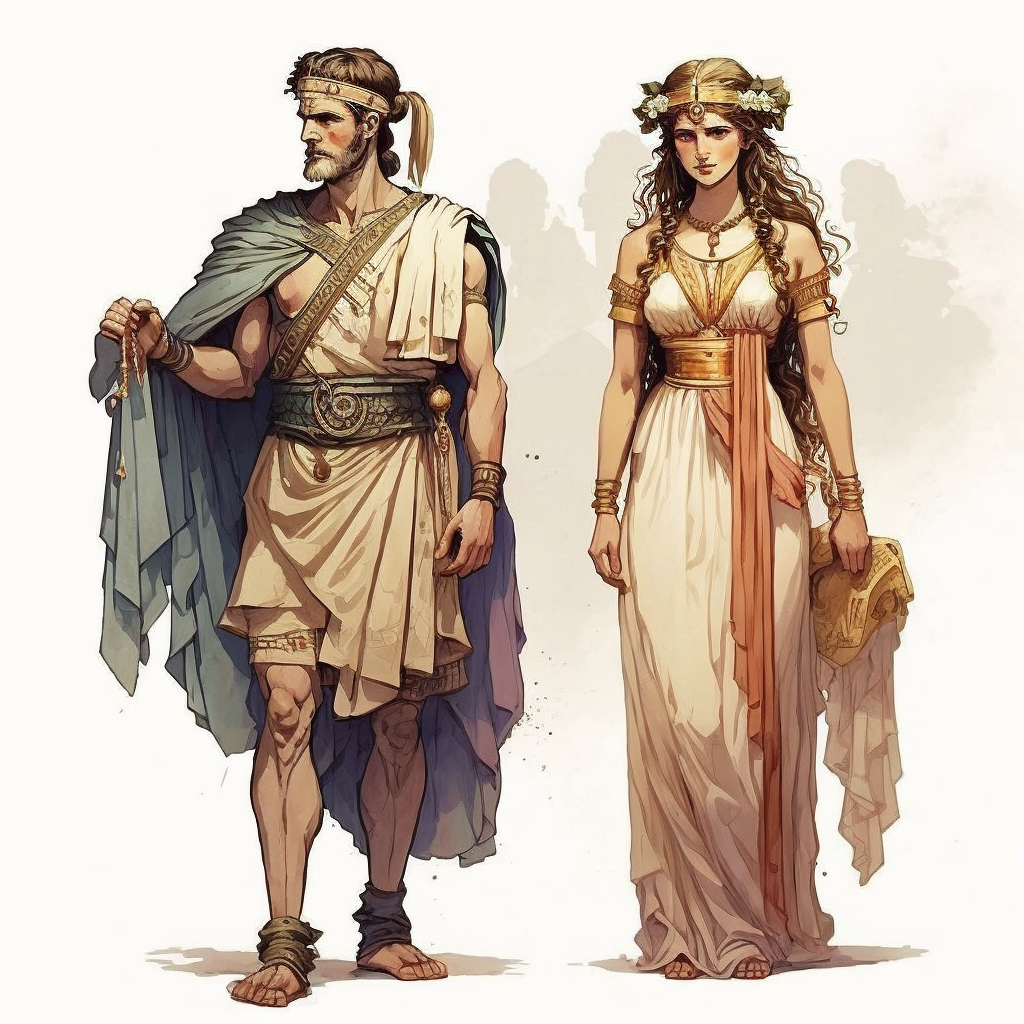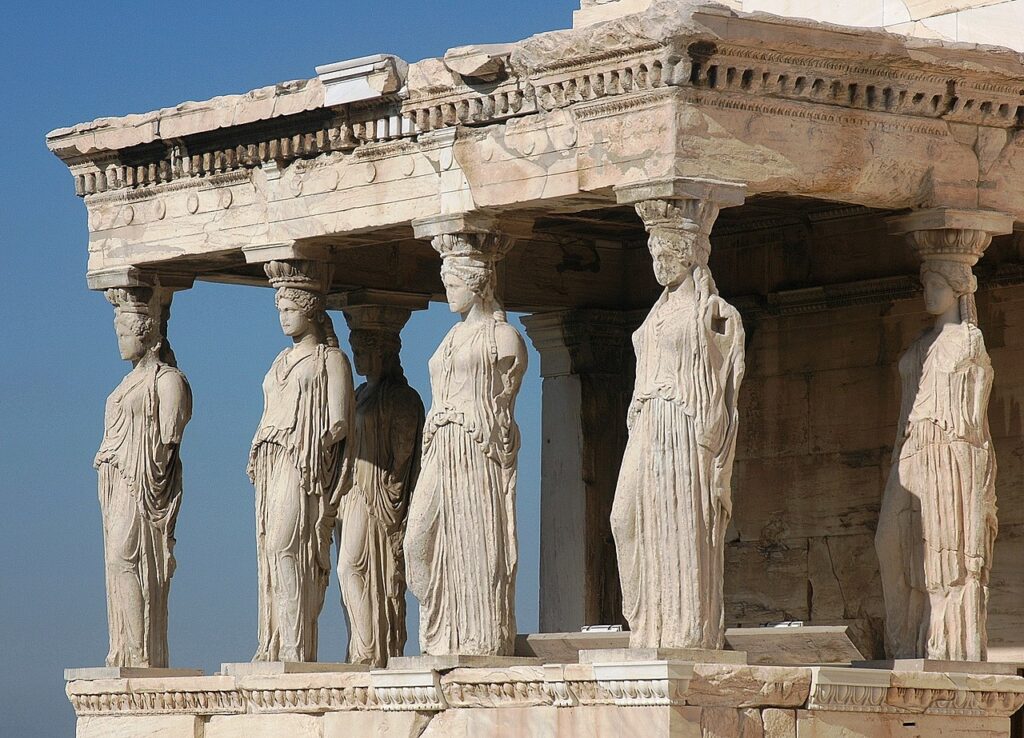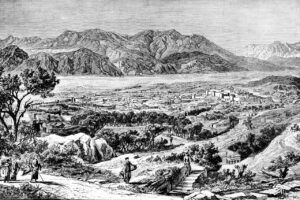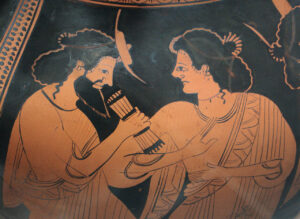Clothing in ancient Greece was known for its innovative and stylish design. From the different options for the men and women of ancient Greece, Greek clothing reflected the beliefs and values of society. In this way, ancient Greek clothing was an important part of daily life in ancient Greece and ancient Greek culture. In this article, we explore the various types of Ancient Greek clothing, the materials and techniques used, and their significance in Ancient Greek society.
Types of Clothing in Ancient Greece
There were several types of Ancient Greek clothing, each with its own purpose and style. The most common type was the chiton, a simple tunic made of two rectangles of fabric sewn together at the sides and leaving the arms exposed. It could be worn by both men and women and was the basic garment for everyday wear.
Another common type was the peplos, a woolen robe worn by women over the chiton. It was draped over the shoulders and fastened at the waist. The peplos was typically worn on special occasions, such as religious ceremonies.
The himation was a cloak worn by both men and women. It was made of a single piece of fabric and could be used as a shawl, a cape, or even a blanket. The himation was often decorated with intricate embroidery, adding to its beauty and significance.

Materials and Techniques of Clothing in Ancient Greece
The Ancient Greeks used a variety of materials to make their clothing, including linen, wool, and silk. Linen was the most common material for everyday wear, while wool was used for warmth and silk was reserved for special occasions.
The techniques used to create Ancient Greek clothing were just as innovative as the styles themselves. Dyeing was a popular technique, with the Greeks using a variety of natural dyes to create rich and vibrant colors. Weaving was also an important technique, with the Greeks producing intricate patterns and designs using a variety of weaving methods.
Significance of Clothing in Ancient Greece
Clothing played a significant role in Ancient Greek society, serving as an indicator of social status, wealth, and personal taste. The style and materials used were carefully chosen to reflect the individual’s place in society, and the intricate designs and elaborate embellishments were a source of pride and distinction. Furthermore, clothing styles and colors were also influenced by the city-states, with different regions having different customs and aesthetics.
In religious ceremonies, clothing was an important symbol of respect. For example, the peplos worn by women was often dedicated to the goddess Athena, and the himation was used to cover sacred objects during religious rituals.







